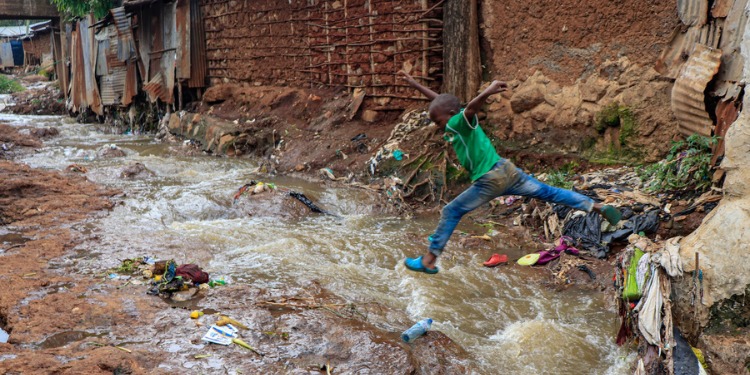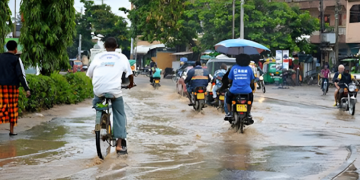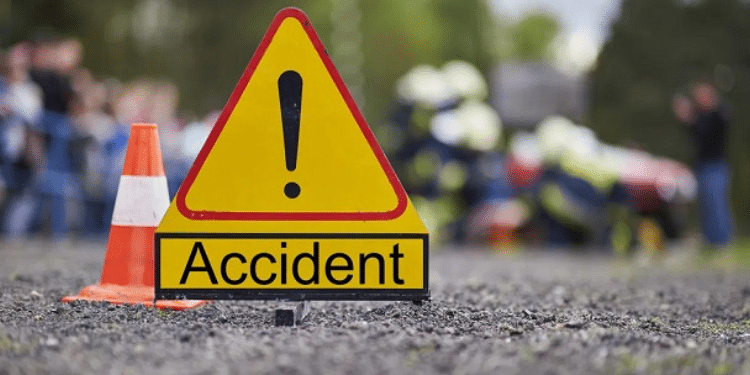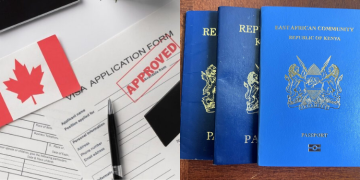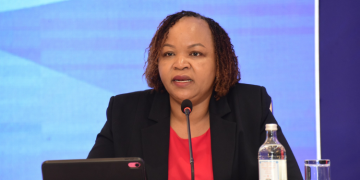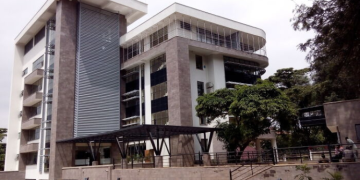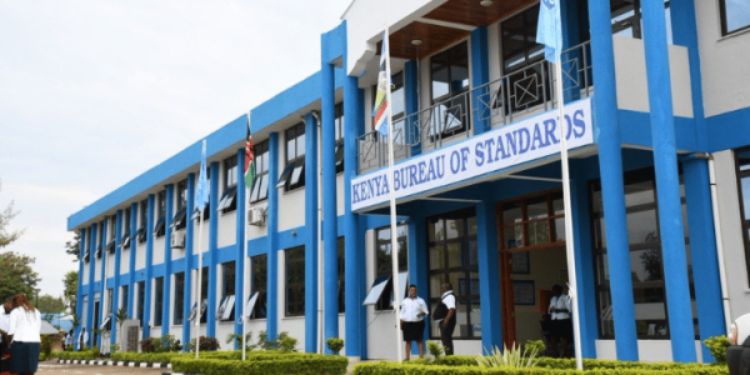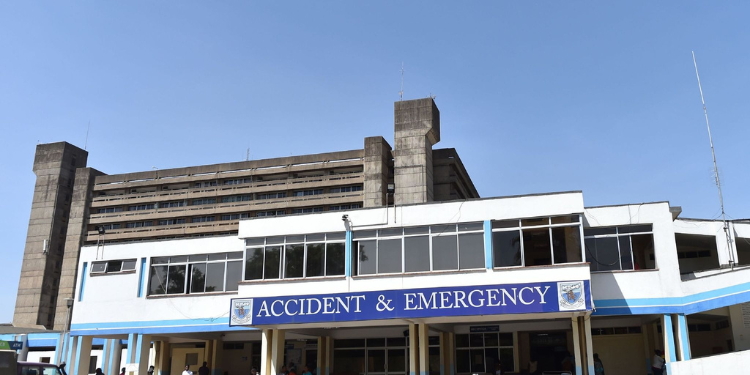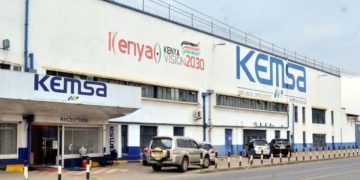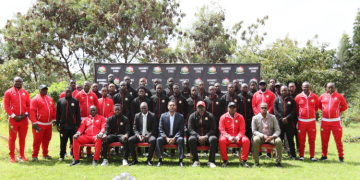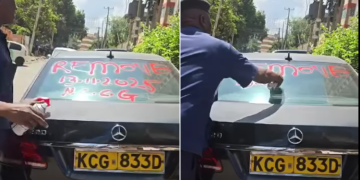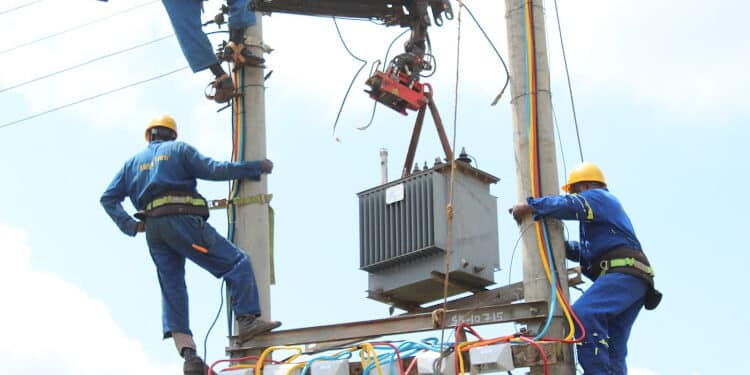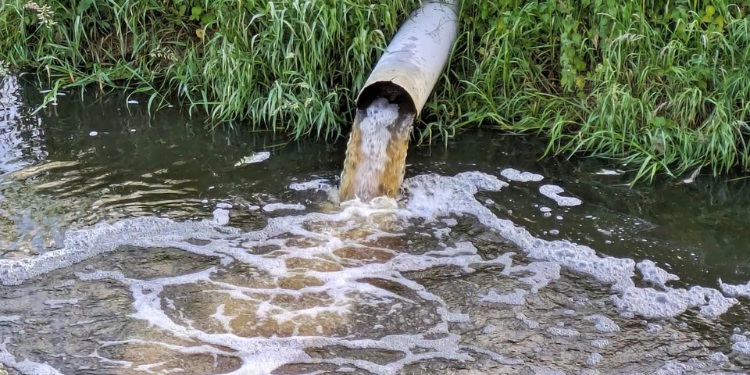In Kenya, any business or institution that releases wastewater or industrial effluent into the environment is required to obtain an Effluent/Water Discharge Permit.
The permit is issued under two main agencies — the National Environment Management Authority (NEMA) and the Water Resources Authority (WRA) — to ensure that pollutants are treated before entering rivers, lakes, or land.
Failure to obtain this approval attracts penalties under the Environmental Management and Coordination (Water Quality) Regulations, 2006.
Dual Oversight: NEMA and WRA
The process begins with identifying which regulator applies to your discharge.
NEMA issues the Effluent Discharge License (EDL) for facilities releasing treated or untreated effluent into the environment, whether to land, sewer, or water.
Meanwhile, the WRA regulates discharges that enter natural water bodies such as rivers, wetlands, or groundwater sources.
In many cases, an applicant must engage both agencies, since NEMA evaluates environmental compliance while WRA focuses on the integrity of the water resource itself.
Step-by-Step Water Discharge Permit Application Process
1. Pre-Application Consultation
Before submitting any documents, applicants are encouraged to contact the nearest NEMA County Office or WRA Sub-Basin Office for pre-application scoping.
This step helps determine whether an Environmental Impact Assessment (EIA), Environmental Audit (EA), or other technical studies are needed.
Officials also advise on the appropriate forms, permit categories, and applicable fees.
NEMA has digitised this process through its Online Licensing Portal (ENVIS), where effluent discharge applications can now be filed and tracked electronically.
The WRA also operates an electronic system linked to the eCitizen platform for permit management.
2. Preparing Technical Documents
Applicants are required to submit a comprehensive technical report.
This includes:
- Completed Form A under the Water Quality Regulations.
- Proof of payment of the prescribed application fee, as listed in the Eleventh Schedule of the regulations.
- A process description showing the source and treatment of effluent before discharge.
- Laboratory test results of the effluent, analysed by a NEMA-designated or accredited laboratory.
- Treatment plant design drawings, capacity details, and an operation and maintenance plan.
- A monitoring plan detailing sampling points, frequency, and parameters such as BOD, COD, suspended solids, and heavy metals.
- An EIA or Environmental Audit report, where applicable.
- A contingency or emergency response plan and sludge handling procedures.
- A declaration signed by a licensed environmental expert or registered engineer.
If the discharge is connected to a public sewer system, a consent letter from the water service provider must also be attached.
3. Submission and Review
Once all documents are ready, the application can be uploaded through NEMA’s online system or physically submitted to the county’s environmental office.
For discharges into a natural water body, the applicant must also lodge a parallel request with the Water Resources Authority.
The regulators then conduct document verification and site inspections to verify the accuracy of the provided data.
Also Read: How to Apply for a Sand Harvesting Permit in Kenya
In some cases, WRA requires a public notice period to allow local communities or other water users to comment on the proposed discharge.
If approved, NEMA issues an Effluent Discharge Licence, while WRA grants a Water Discharge Permit, both of which are valid for a defined period, typically one year.
Applicants must renew them annually and submit periodic monitoring reports to demonstrate ongoing compliance.
4. Compliance, Monitoring, and Renewal of the Water Discharge Permit
Once licensed, permit holders must adhere strictly to the discharge limits stated in the Water Quality Regulations.
These include permissible levels of organic matter, suspended solids, heavy metals, oil and grease, and other pollutants.
Also Read: Complete Guide on How to Apply for a Pollution Control Permit
Licensees are also required to conduct self-monitoring and submit results to NEMA or WRA at least twice a year.
Non-compliance can lead to enforcement actions including fines, suspension of operations, or criminal prosecution.
Regulation 16 further mandates that licences are non-transferable and must be renewed upon expiry or when a facility expands or alters its treatment system.
Follow our WhatsApp Channel and X Account for real-time news updates.
